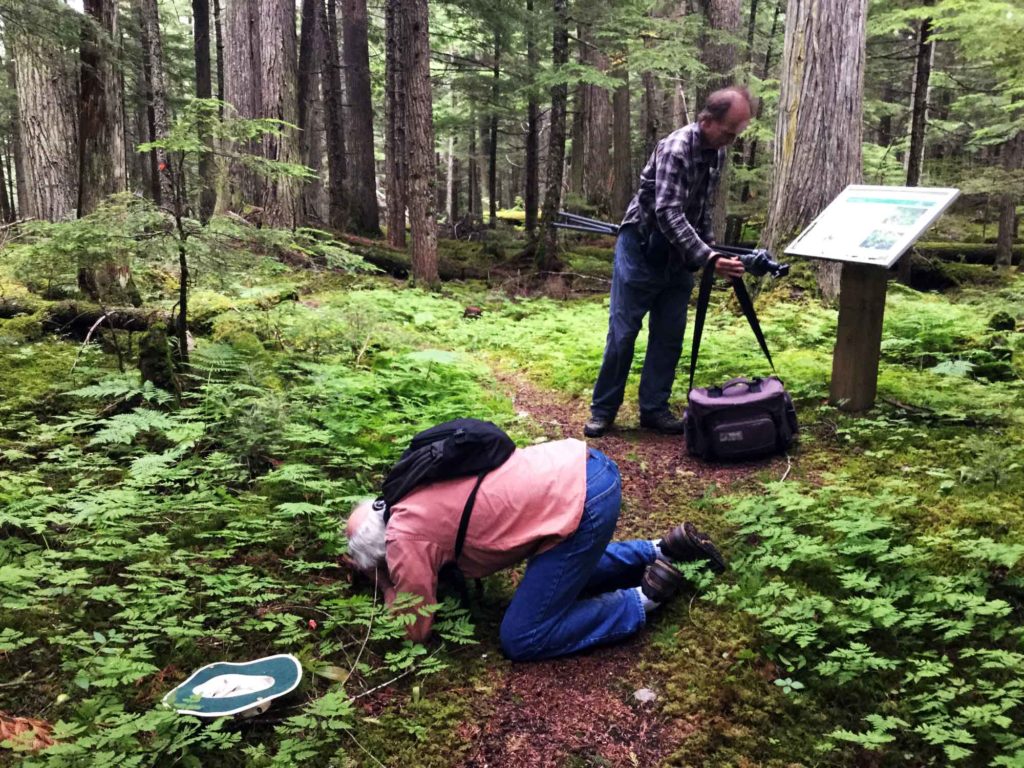
Category Archives: subsistence
London sundial
Bear attack on bird feeder

About 10 pm on the night of the last full moon, I was awakened by thumping sounds. Checking it out, I sighted a black bear leaving the balcony. I tossed a black cat but the bear was already gone. The birdhouse could be bent back into shape. It has survived three bear attacks and countless skirmishes by squirrels. Chickadees the only birds at the feeder this week, they are dainty eaters.
Snowshoes
The Wheeler Expedition
Dunster farmland
Article from The Tyee: Priced Out, Farmland Edition. As fertile land becomes juicy investment, multinational players sit on Robson Valley farms. 9 Jul 2014
Bert Riggall
Bert Riggall posed on horse in front of Mount Robson, 1911.
Bert Riggall Fonds (V26/IX/F/NA-F39-4), Whyte Museum of the Canadian Rockies, Banff.

Henley’s Twentieth Century Formulas
Gutenberg — From acid-proofing to zinc plating, from treating udder inflammation to removing odours from wooden boxes. The best of the twentieth century.
Chaga renaissance
A post from Waldenlabs on the chaga mushroom (Inonotus obliquus; Báhkkečátná in Sami language),which grows on birch trees. It has become a trendy ‘superfood’ in recent years, marketed as a mystical Siberian tonic for many ailments. Yet it has also been used as a traditional medicine for thousands of years in Sápmi, the territory of the indigenous Sami people in northern Scandinavia, as well as in other regions of the sub-Arc
Using Tree Bark Flours in Cooking
A post from Waldenlabs explores the Scandinavian traditions of using tree bark flours in cooking—in particular the use of birch and pine barks in the cuisines of indigenous Sami culture.
Birch flour does not contain the gluten proteins typically required to give bread structure and cohesion, and for this reason it is rarely used alone in baking. More often it is mixed with wheat or rye flour to make the dough more cohesive, and to smooth its bitter taste. Bread using birch bark flour, for example, has been made in Sweden and Finland for centuries.
The eating of pine tree bark in the Nordic regions has commonly been regarded as a famine activity.




